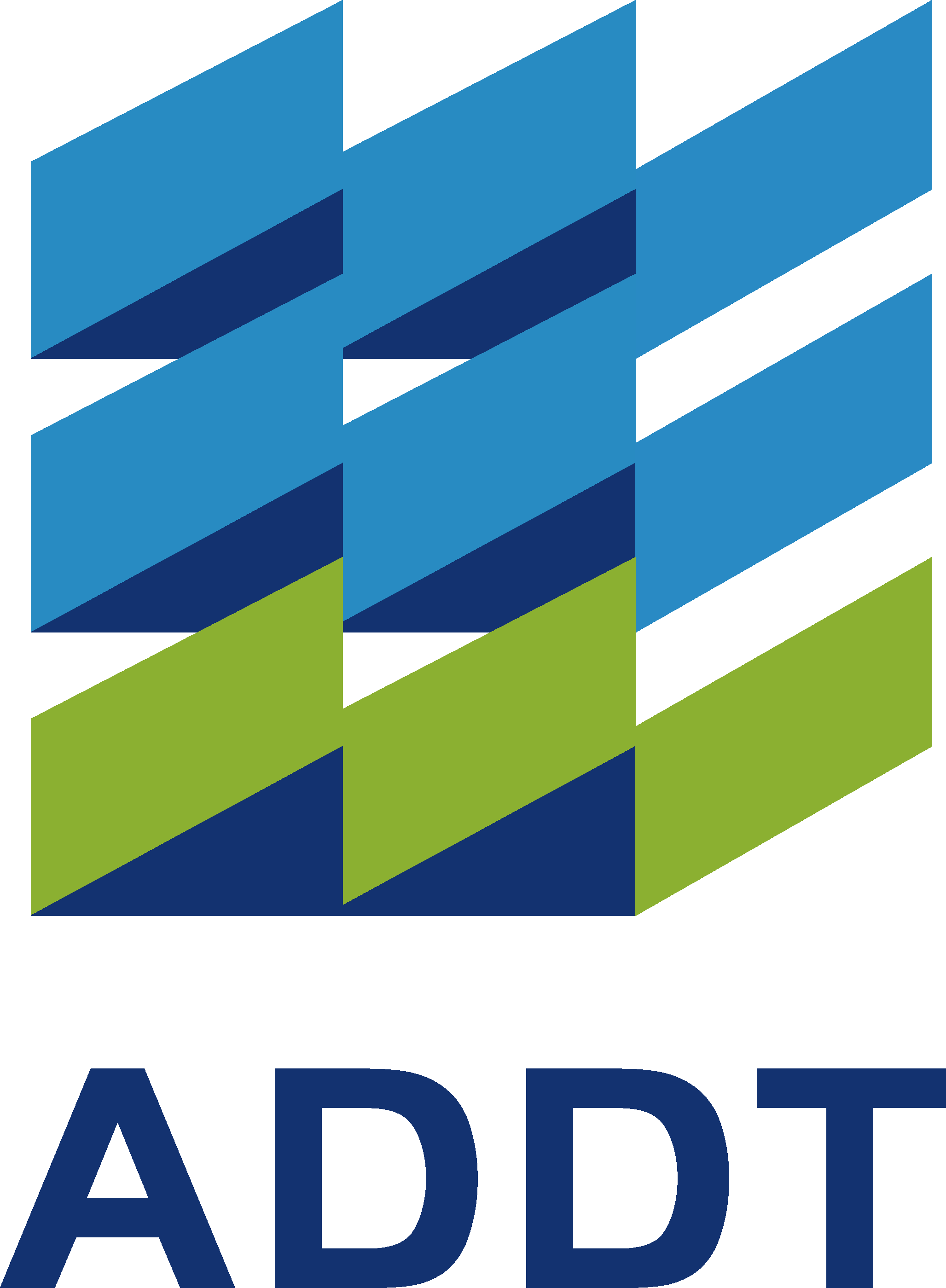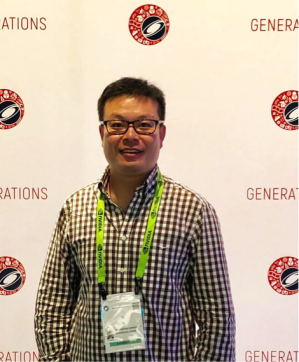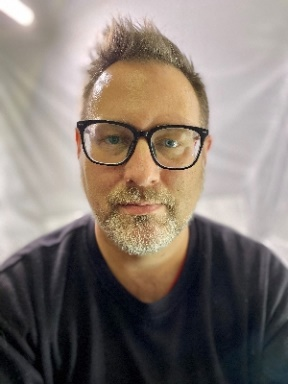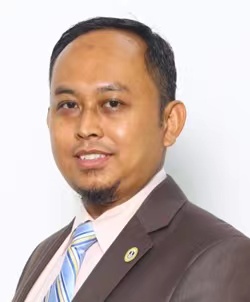

Speakers
| Keynote Speakers |
Assoc. Prof.Yi Ji Department of Art and Design, Guangdong University of Technology, China Research Area: Environmental Art, Public art Speech Title: AI Art:Personalized Interaction Design Language and Application Abstract:There are always countless connections between things, between people and between people and the environment. When all things are connected, we will realize that meaningful interaction will have a profound impact on ourselves and others. Different participants and modes of participation will produce different interaction experiences and effects in the interaction to form specific interaction results, such as interactive art. Each change is initiated by the audience, and everyone is a participant in the change to form a personalized interactive experience. This keynote speech introduces the research and practice of personalized interactive design, and illustrates how to use artificial intelligence (AI) and other scientific and technological means to help everyone create personalized art works.
Assoc. Prof.Husniza Husni School of Computing, University Utara Malaysia, Malasia Research Area: Human-Computer Interaction, Interaction Design, Dyslexia and other learning differences Speech Title: The ‘Colours’ of Learning – Designing Interactive Technology for Learners with Dyslexia Abstract:Reading is an essential skill for most children to acquire and master early. Unfortunately for children with dyslexia, and other learning differences, acquiring this skill require immense effort as they struggle with processing text, cognitively as phonological deficit theory suggests. Hence, multisensory method is a must as it invokes other sensory while the children are learning to read, to try to accommodate the difficulties. This presents as an opportunity to assist learning to read using technology for its multisensory, interactivity, and engaging nature. Nonetheless a careful and specific design is therefore needed in designing and developing such technology to remediate their reading difficulties. Designing interactive technology for learners with Dyslexia includes a careful consideration of colour combination, layout, font typefaces and sizes, feedback, and navigation to name a few. Various methods have been used over the years from observation, user modelling and personification to focus group and interview. Over the years, our research group at Human-Centered Computing Research Lab (HCC) can conclude some significant design suggestions and recommendations in developing interactive application and tangible manipulatives for children with dyslexia and other learning differences including dyscalculia, dysgraphia, and mild-autism. The design suggestions are crucial considerations in our effort to minimize the difficulties and ensure learning for the children. A Dyslexia Incubator program was also launched in 2018, providing daily and weekly specialized intervention for the children, using the software and hardware we designed and developed for them as well as specially designed books and modules for effective intervention sessions. “Re-inventing giving” is our aspiration where we shall continue the R&D and innovation at HCC and contribute to the community, especially to the underprivileged residing in rural areas, as our social responsibility.
Assoc. Prof.Benjamin Bacon Duke Kunshan University, China Research Area: intersection of sound art, computational design, networked systems, and mechanical life installation and sculpture. Speech Title: Media, Art and Design Education in the 2020's Abstract:The 21st century brings with it the permeation of big data, machine algorithms, bio media and planetary scale networks. These complex systems act and interact upon each other, entangling and metamorphosing, evolving our complex mixed reality today. New ways of production and labor organization are emerging with the advent of new scientific discoveries and technological inventions, changing the way we see, feel, think and work. What then is the role of higher education? What position does art and design hold and how does that affect the way we prepare young professionals for the future? In this talk, Prof. Benjamin Bacon will provide a critical survey of different models of art and design education to date, analyzing the current media moment in which we reside, and present their perspective on the future of media and creative education in the present century.
Assoc. Prof.Syamsul Bahrin Zaibon School of Creative Industry Management & Performing Arts,Universiti Utara Malaysia Research Area:Mobile Game Based Learning, Game Design, Web Application Development,Multimedia, Mobile Augmented Reality, Speech Title: Revolutionising TourismIndustry through Augmented Reality Abstract: The“traditional”tour guides in cultural heritage sites are in the form of books,maps,leaflets,booklets,and aperson,which difficult to entertaintourists,transfer the real experience,and stimulate learning intention during their visit.It becomes worse when the sites are very large and certainarte factsor building are already demolished.Therefore,an augmented reality system with dynamic media content and interactive system is highly potential for the issues.This is an alternative approach in solving the immersive experience problem of tourists particularly at large cultural heritage sites byproviding experiences with the history or story of the past and feel“like being there”with 3D re-construction artefacts or building of the sites.Highly related with the Industrial Revolution4.0,the augmented reality technology with crowd generated content will enhance and rich the media usage byvisitors in cultural heritage sites.The implication from the system will boost the tourism in dustry especially in these heritage site places and invite a crowd interested in heritagesites to wande raround and actively contribute in heritagea ssets. Mobile augmented reality(AR) technology may help the existence of cultural heritage sites to a better positionby communicating the history behind them.WithAR,visitors are invited to come,learn and enjoyat the cultural heritage sites.The AR application has many potential benefits.In this talk,Dr Syamsul will share his experiences on the study of the applicability of mobile AR usage at Melaka heritage sites(as a cases tudy). |




